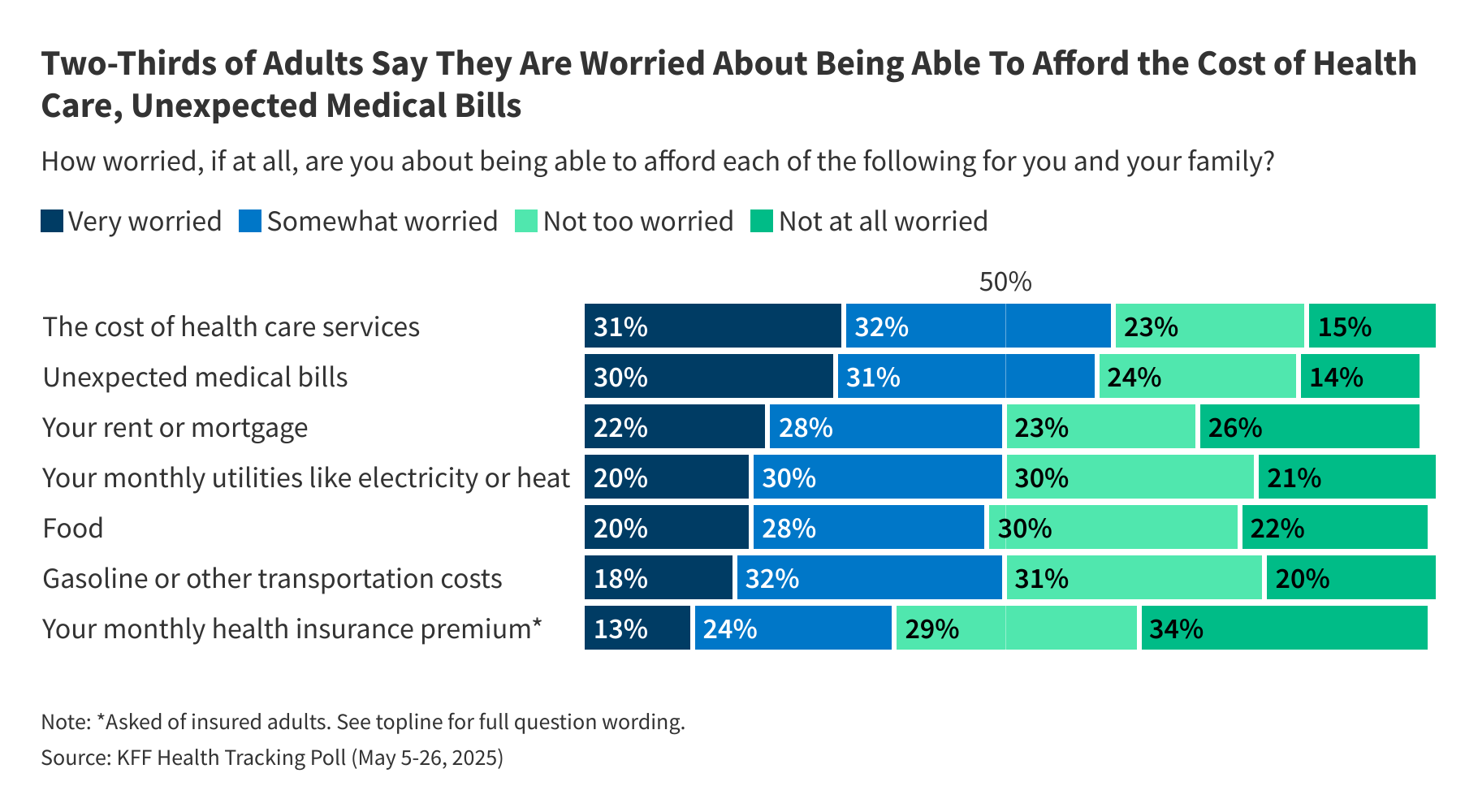Retirement financial literacy is low. The stark reality is that most people do not know very much about the fundamentals of how personal finance works. Just look at the average retirement income and you will realize that the majority of people are unprepared and unaware of what is needed for a secure retirement.
However, surveys suggests that financial literacy is lower than even most people might expect.
- In 2017, Fidelity asked more than 2000 people – half who were between the ages of 55 and 65 and not retired – questions in eight different retirement categories. The average that people got right was a mere 30 percent – a solid “F.” And, absolutely NOBODY got ALL the questions correct – on a multiple choice quiz. And, the highest overall grade was a mere 79%.
- Another more in depth barometer of personal finance knowledge is the P-Fin Index. Data from the 2024 index also reveals a bleak picture of financial literacy. Eighty four percent of test takers got 75% or more of the questions wrong. And, more than 50% of those quizzed failed more than half of the questions.
How Will You Do on this Retirement Financial Literacy Quiz?
Below you will see a portion of Fidelity’s retirement literacy quiz.
How will you do? Because you are on this blog and are likely maintaining a plan in the Boldin Retirement Planner, you will probably do MUCH better than average. Planning works. Having a comprehensive financial plan enables you to:
- Increase your financial know-how
- Improve your financial outcomes – achieve goals and potentially retire earlier and more securely
- Boost financial confidence
Fidelity’s Financial and Retirement Literacy Quiz
Here are 9 sample questions from the Fidelity quiz. How many can you get right? (Answers below… Don’t scroll to cheat!)
TIP 1: Here is a tip for finding the right answers – don’t think of your own situation, think about what would be true for an average do-everything-right-worker.
TIP 2: Really, none of the answers are going to be correct. Each answer requires a wide range of assumptions that may or may not be true for your particular situation. (For example, in the first question, the answer largely depends on how much you’ll spend in retirement, how long until you retire, how much you already have saved and much more. Use the Boldin Retirement Planner to get real answers for your own situation.)
QUESTION 1: Percentage of Annual Income to Save:
In order to maintain living standards in retirement, what percentage of annual income do financial professionals think people should save? About:
QUESTION 2: Savings Compared to Pre-Retirement Income:
Roughly how much do many financial experts recommend people save by the time they retire? About:
- 2-3 times the amount of your last full year income
- 4-5 times the amount of your last full year income
- 6-7 times the amount of your last full year income
- 8-9 times the amount of your last full year income
- 10-12 times the amount of your last full year income
QUESTION 3: Average Stock Market Returns:
Stock markets go up and down. How often over the past 40 years do you think the market has had a positive annual return? The annual return was positive:
- Fewer than 12 out of 40 years (less than 30% of the time)
- About 12 out of 40 years (30% of the time)
- About 18 out of 40 years (45% of the time)
- About 30 out of 40 years (75% of the time)
- More than 30 out of 40 years (more than 75% of the time)
QUESTION 4: Savings Growth:
If you were able to set aside $50 each month for retirement, how much would that end up becoming 25 years from now, including interest if it grew at the historical stock market average?
- About $15,000
- About $30,000
- About $40,000
- About $60,000
- More than $60,000
QUESTION 5 — How Long Should Savings Last:
Given the current average life expectancy, if you were a male retiring today at age 65, about how long would you need your retirement savings to last?
- 10 years (or until you are 75)
- 14 years (or until you are 79)
- 19 years (or until you are 84)
- 27 years (or until you are 92)
- 35 years (or until you are 100)
QUESTION 6 — Average Social Security Benefit:
Approximately how much is the average monthly Social Security benefit paid in 2024 to a retired worker? About:
- $1,120
- $1,575
- $1,750
- $1,900
- $2,150
QUESTION 7 — Percent to Withdraw in Retirement:
About what percentage of your savings do many financial experts recommend you withdraw annually in retirement?
- 1-3%
- 4-6%
- 7-9%
- 10-12%
- 13-15%
QUESTION 8: Biggest Retirement Expense:
Which of the following do you think is the single biggest expense for most people in retirement?
- Housing
- Health care
- Taxes
- Food
- Discretionary expenses
QUESTION 9: Out of Pocket Healthcare Expense:
About how much will a couple retiring at age 65 spend on out-of-pocket costs for health care over the course of retirement?
- $115,000
- $160,000
- $255,000
- $330,000
- $375,000
How’d You Do? Here Are the Retirement Financial Literacy Answers
Here are the answers to the retirement financial literacy quiz. Don’t worry too much if you don’t get them all correct. As we mentioned before, the “right” answers may not always be right for YOU. The best way to assess your own situation is to use a highly detailed retirement planning calculator or consult with a retirement advisor.
With that in mind, here are the quiz answers and how to assess what might be the correct strategy for you, your goals, priorities, resources and values.
1. Percent of Annual Income to Save:
As a rule of thumb, financial planners usually recommend saving about 15% of your annual income. Although, more are now recommending 20%.
Right answer for you: The right answer for you depends largely on how old you are and how your retirement expenses might differ from expenses while you work, how long you work, your goals for retirement, how long you will live, and much more. (Use the Boldin Retirement Planner to find out how much you actually need to save.)
It might be perfectly okay if you are young and saving a smaller percentage of your salary, so long as you make up the difference later. (Although, it is much easier to build wealth when you save and invest early. One thousand dollars saved when you are 25 can compound over a longer period of time and be worth much more at 60 than $1,000 saved at 50.
However, if you are older and are trying to catch up on retirement savings, then you probably need to be saving a much higher percentage of your salary. Learn more about Catch Up Savings for people over 55.
2. Savings Compared to Pre-Retirement Income:
The experts say that you should have saved 10-12 times the amount of your last full year of work income. So, if you were earning $100,000 the year before you retired, you should have $1 – $1.2 million in savings.
Right answer for you: If you have not saved quite that much, don’t worry. You can make up the difference by working a little longer, delaying the start of Social Security, tapping home equity and more.
Use the Boldin Retirement Planner to identify strategies that can help you have a secure retirement even if you have not saved quite enough.
3. Average Stock Market Returns:
The stock market (the S&P 500 to be exact) has yielded a positive annual return in 31 of the past 40 years – so the answer, was more than 30 out of 40 years.
That is not to say that there have not been ups and downs. The biggest loss was in 2008 when the market closed down 38.49% at the end of the year. The biggest gain was in 1995 when it was up 34.11% over the previous year.
What is important to note is that the markets have always trended up. The index has returned a historic annualized average return of around 10.5% since its 1957 inception through 2021.
Right answer for you: This answer makes it seem like the stock market is an almost sure bet and perhaps a great spot for your retirement savings. The reality can be a little more complicated. Stocks are a great place to put your money when you have a long time to weather the ups and downs of any bull or bear market.
However, in retirement, you sometimes need your money in assets that are guaranteed to be there when you need them — though you also want to enjoy positive returns on your investments.
Learn more about asset allocation here.
4. Savings Growth:
If 25 years ago you started saving $50 each month, you would now have $40,000. This assumes a 7% annual rate of return.
Right Answer for You: The answer to this question is just math. However, for your own retirement, you’ll want to make sure that you:
- Invest your money. (Too many people keep assets as cash.)
- Get a reasonable rate of return with a risk profile that is appropriate for your situation.
- Be prepared to adjust your investments as you age and your goals change.
You may want to consider creating an Investment Policy Statement to help customize your retirement asset allocation strategies.
5. How Long Should Savings Last:
According to the Social Security Administration, the average life expectancy for someone who has reached 65 in 2024 is around 84 for men. So, if you are a male and single, then you need your savings to last about 18.5- 19 more years.
Right Answer for You: There is a pretty good chance you are not the average above. To start, women live longer than men. If you are an average 65 year old woman, then you can expect to live another 21 years – 3 years longer than the average male.
And, average life expectancy should not really matter very much to your own plan. The key is in estimating how long YOU and your spouse will live – which is likely much longer than the average.
And, if you are married, you really want to think about both your own AND your spouse’s longevity. You need your savings to last as long as each of you live.
You might want to use a life expectancy calculator to help estimate how long you will live.
And, use a retirement planning tool like the Boldin Retirement Planner that enables you to enter your own number for how long you want your money to last.
6. Average Social Security Benefit:
The average Social Security retirement benefit in 2024 is about $1,900. (The average benefit in 2021 was $1,555.)
Right Answer for You: You don’t need to know the average benefit, you need to know YOUR benefit.
Better yet, you need to know the difference between your benefit if you start Social Security at age 62 vs starting at your full retirement age (usually around 67).
Your monthly check is much larger for every month you delay starting benefits. Use the Social Security Explorer in the Boldin Retirement Planner to figure out when to start benefits to get the highest lifetime payout for you and your spouse, if applicable.
7. Percent to Withdraw in Retirement:
Many financial experts suggest that you can safely withdraw 4% each year from your savings. This practice is referred to as the 4% rule. People like it because it is easy to follow and provides predictable retirement income.
However, it has become somewhat controversial.
Right Answer for You: The 4% rule is now widely questioned and may not be as relevant today as it was a few years ago. It was developed for a certain set of financial conditions that may or may not be true today generally or for you specifically.
It can be a useful rule of thumb, but relevance depends on a lot of factors, including: adherence to the rule, investment returns, inflation, your spending, how early you retire, your longevity and more.
And, there are a lot of different possible retirement income strategies you could use for retirement. Explore these 18 ideas for lifetime wealth and peace of mind.
Withdrawal Calculations: Wondering what is right for you? Use the Boldin Retirement Planner to experiment with different withdrawal rates and you can now even discover your maximum withdrawal rate. (The Withdrawal Strategy Explorer is in the Money Flows section of My Plan.)
8. Biggest Retirement Expense:
Housing is the biggest retirement expense. (Followed by healthcare and transportation.)
Right Answer for You: The good news here is that while housing is the biggest retirement expense, it is also most people’s most valuable asset – often worth more that the combined total of a person’s savings.
This is great news for retirees. Downsizing can release that equity to bolster your nest egg AND reduce your expenses. Incorporating housing – as an asset and as a reducible expense – into your retirement plan can be extremely powerful.
The Boldin Retirement Planner let’s you immediately see the impact of these kinds of changes. How much longer will your money last if you tap your home equity?
9. Out of Pocket Healthcare Expense:
According to Fidelity, who has been tracking this cost since 2002, an average 65-year old couple retiring in 2024 will spend $330,000 to pay for out-of-pocket health care expenses in retirement.
Right answer for you: This number is probably a good benchmark. However, you can get a more accurate estimate by using the Boldin Retirement Planner which uses your health status, age, location, the type of Medicare you will have and more to give you a more personalized estimate.
You can also use the Planner to explore ways to cover the potential costs of long term care – which could add more than another $100,000 to your expenses, over and above the $330,000 for healthcare.
When planning your retirement, it is very important to include your out of pocket healthcare costs. The Boldin Retirement Planner helps you by clearly including this expense in your analysis.
More Retirement Answers Available Here
Planning does not need to be scary or complicated. The Boldin Retirement Planner makes it easy to get answers yourself. Take two minutes to enter some initial information, then see where you stand today. Next, start adding more details and changing some of your information.
Discover meaningful ways you can improve your retirement finances.
This tool was named best retirement calculator by the American Association of Individual Investors (AAII) and was called, “a new approach,” by Forbes Magazine.
Publisher: Source link









